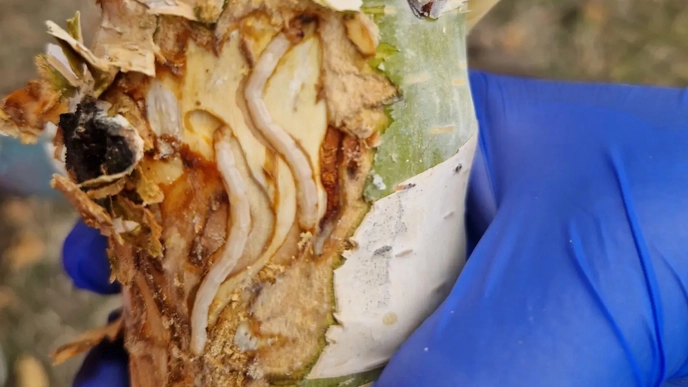
Forest Pathology
Contact
Group members
Related research projects
Related research topics
Our lab, at Southern Swedish Forest Science Centre, focuses on the biology, ecology, and epidemiology of both native and non-native tree pests and pathogens—organisms that inflict significant ecological and economic damage across both forest and urban landscapes.
We combine a strong stakeholder-driven approach with a commitment to sustaining ecosystem services and safeguarding biodiversity, particularly for threatened tree species.
Diagnostics & Methodology
At the heart of our work is an advanced diagnostics laboratory that integrates classical techniques with cutting-edge molecular tools to detect and identify harmful agents in trees.
Our Research Focus
Our scientific inquiries span multiple dimensions:
- Pathogen Diversity & Impact — Assessing the diversity, frequency, and overall consequences of forest pathogens.
- Tree–Fungus/Oomycete Interaction — Investigating host symbioses and defense mechanisms against fungi and fungus-like organisms.
- Abiotic Disturbance Effects — Understanding how environmental stressors influence pathogen prevalence and host responses.
- Detection, Monitoring & Management Tools — Developing innovative strategies for enhanced detection, monitoring, and integrated pest management.
- Host Chemical Analyses — Exploring how tree chemistry drives infection dynamics and resistance.
- Practical Disease Control — Translating research into actionable disease management strategies for mitigating long-term forest damage.
Mission & Collaboration
Our overarching goal is to raise awareness of the economic and ecological threats posed by native and exotic tree diseases and to pioneer solutions that reduce forest losses while promoting sustainability. We engage closely with stakeholders to protect forest ecosystems, preserve biodiversity, and support threatened tree species.
Group Snapshot & History
Forest pathology research at our department has been active for over 30 years, and the group remains a dynamic, internationally-minded team comprising senior researchers, postdoctoral fellows, PhD students, visiting scientists, and technical staff. We currently number between 10 and 15 members and conduct projects across Sweden, Europe, North America, and East Asia.
We work with a wide range of harmful organisms that affect broadleaf and conifer tree species in forests and urban environments. We use both classical and cutting-edge molecular techniques to detect and identify tree pests and pathogens.